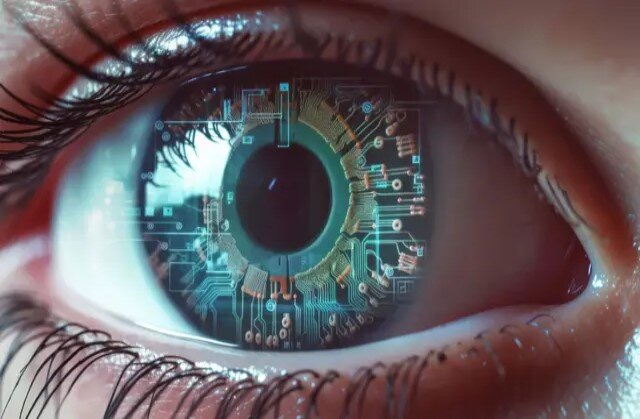Stem Cells Restore Vision in Three Individuals

Three individuals with visual impairments experienced restored vision lasting over a year after receiving stem cell transplants, marking a significant breakthrough in vision restoration for the blind.
According to Mehr News Agency, citing Interesting Engineering, a fourth participant with severe vision loss also experienced improvement, though the change was not permanent.
These four individuals were the first to receive transplants of reprogrammed stem cells to repair damaged corneas. The findings were published in The Lancet Today. The "limbal ring," a dark ring around the iris, contains a reservoir of stem cells that maintain the health of the outermost layer of the cornea. When this reservoir is depleted, a condition called Limbal Stem Cell Deficiency (LSCD) arises, leading to damage that can result from autoimmune diseases or inherited disorders.
Current treatments for LSCD are limited, typically requiring invasive corneal stem cell transplants from the patient's healthy eye, with uncertain results. For cases where both eyes are affected, corneal transplants from deceased donors may be an option, though immune rejection remains a risk.
To address this, Dr. Kohji Nishida from Osaka University in Japan and his team used an alternative source of stem cells—induced pluripotent stem cells (iPSCs). They reprogrammed stem cells from a healthy donor into a primitive, embryonic-like state. These were then converted into a thin, transparent sheet of corneal epithelial cells.
Between June 2019 and November 2020, two women and two men aged 39 to 72 with LSCD in both eyes participated in the study. During surgery, scar tissue covering the damaged cornea in one eye was removed, and the donor-derived epithelial sheet was attached, followed by a protective soft contact lens.
Two years post-transplant, none of the recipients experienced adverse side effects, tumor formation, or immune rejection signs. Even two recipients who took immunosuppressive drugs showed no side effects, indicating a promising outlook for future treatments in vision restoration.





